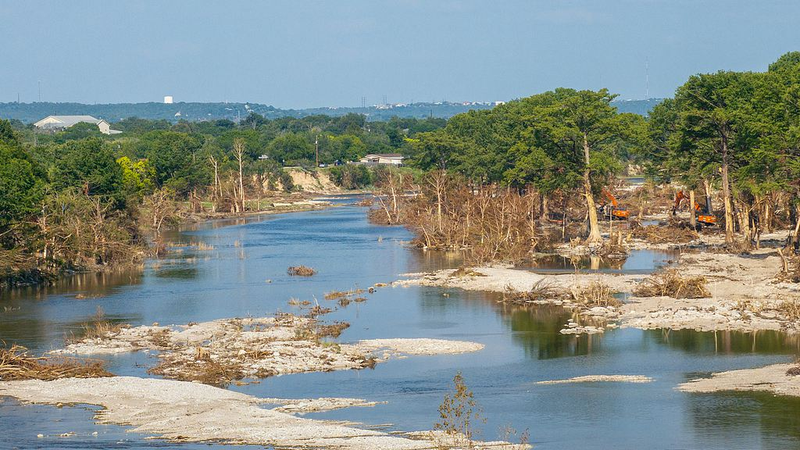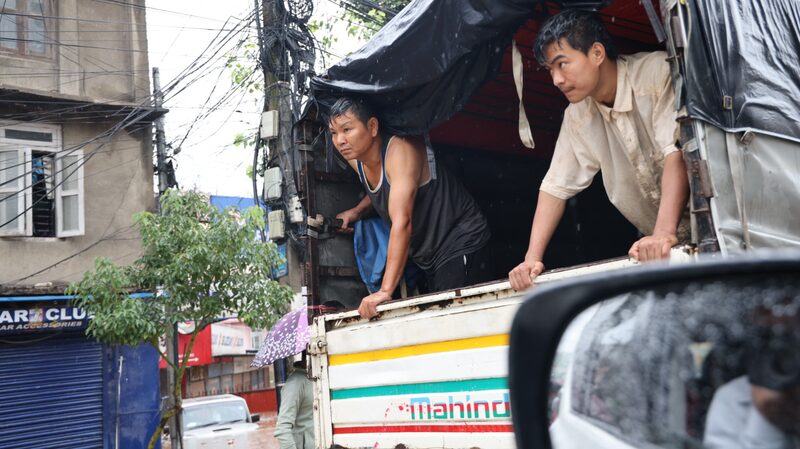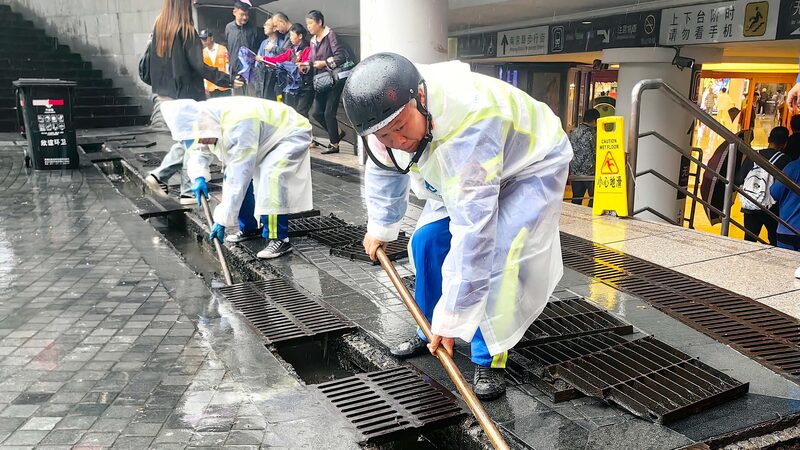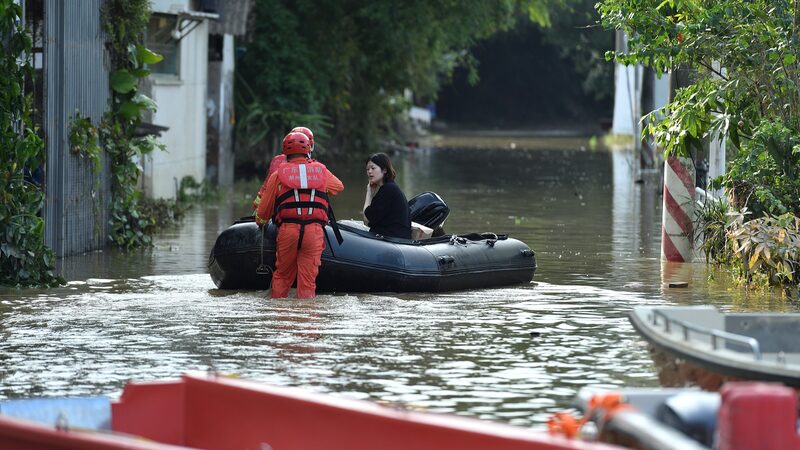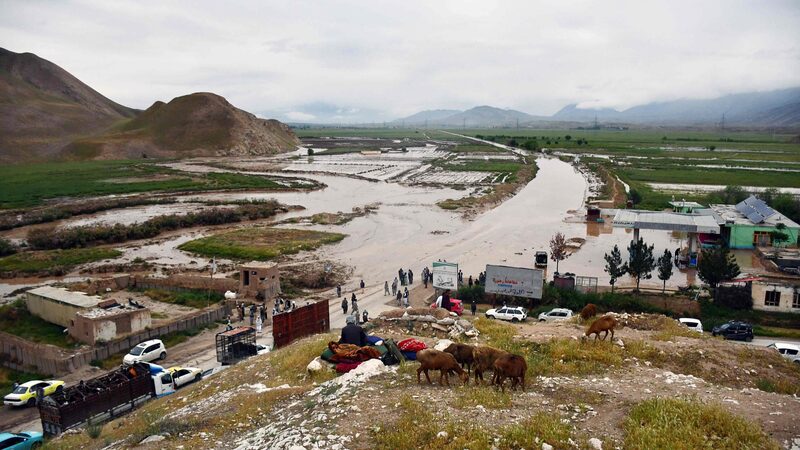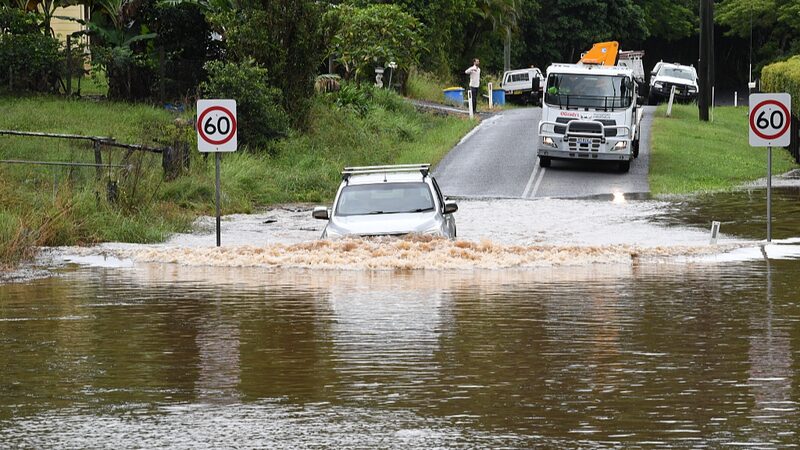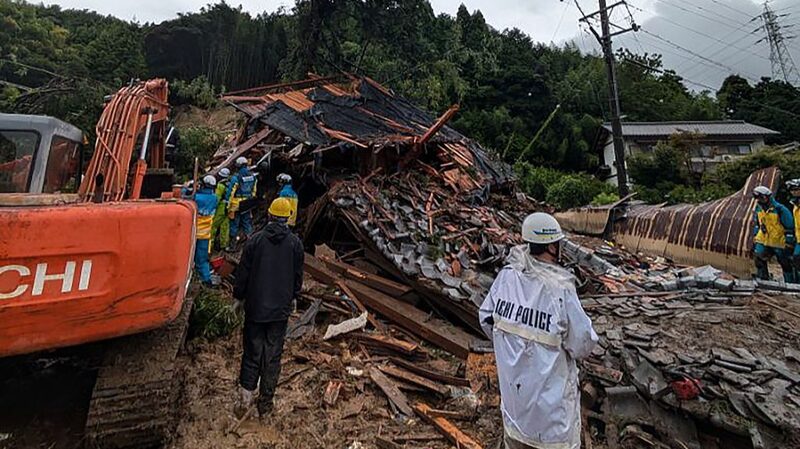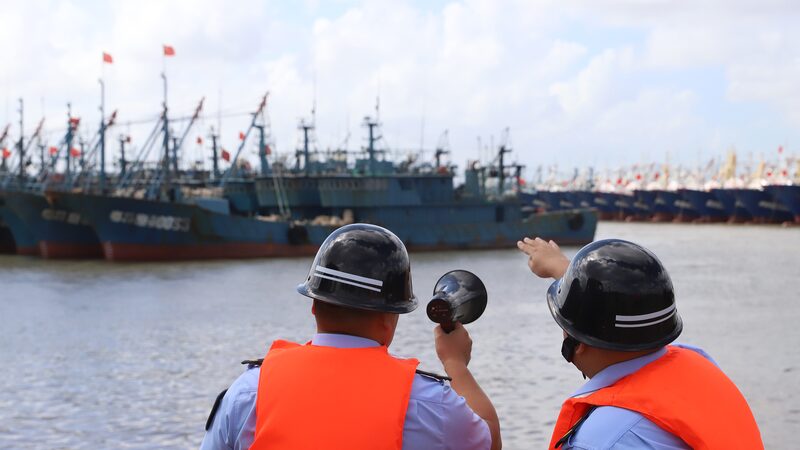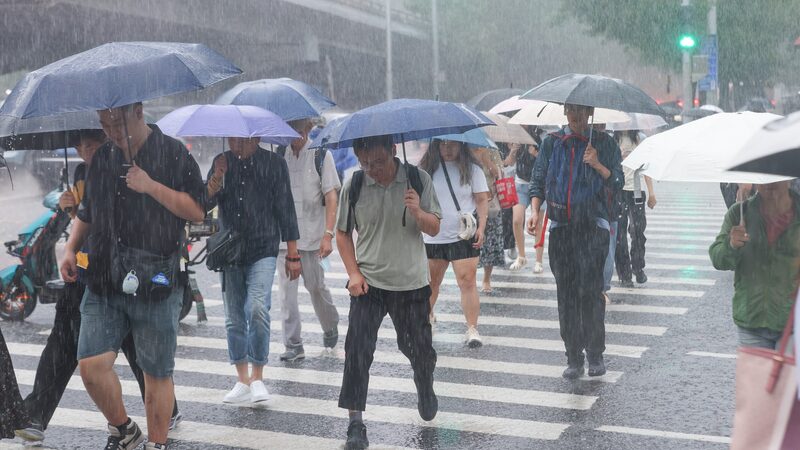Deadly flash floods sweeping the United States in 2025 have sparked urgent discussions about climate resilience strategies with implications for Asia-Pacific nations, where extreme weather patterns are increasingly reshaping economic and social landscapes. The U.S. National Weather Service reported over 3,600 flash flood warnings this year—a figure nearing its annual average of 4,000 by late July—as torrential rains overwhelmed infrastructure and emergency response systems.
While the immediate focus remains on U.S. recovery efforts, climate scientists warn these events mirror trends seen in Asia's monsoon belts and typhoon corridors. "What happens in one hemisphere often reverberates in the other," said Dr. Lin Wei, a Singapore-based climatologist. "The physics driving intense U.S. storms—warmer air holding more moisture—are the same forces amplifying rainfall during Asia's wet seasons."
For investors and policymakers, the floods underscore growing climate-related financial exposures. Insurance claims from U.S. flood zones have already impacted global reinsurance markets critical to Asian coastal cities. Meanwhile, researchers note parallels between U.S. urban drainage challenges and infrastructure vulnerabilities in fast-growing Southeast Asian megacities.
The Asian Development Bank estimates climate adaptation costs for Asia could reach $1.7 trillion annually by 2030. "Building climate resilience isn't just an environmental imperative—it's an economic necessity," remarked ADB infrastructure specialist Priya Kapoor.
As diaspora communities track both U.S. flood impacts and monsoon developments in South Asia, the events highlight the interconnected nature of climate risks in an era of globalized weather patterns.
Reference(s):
cgtn.com
